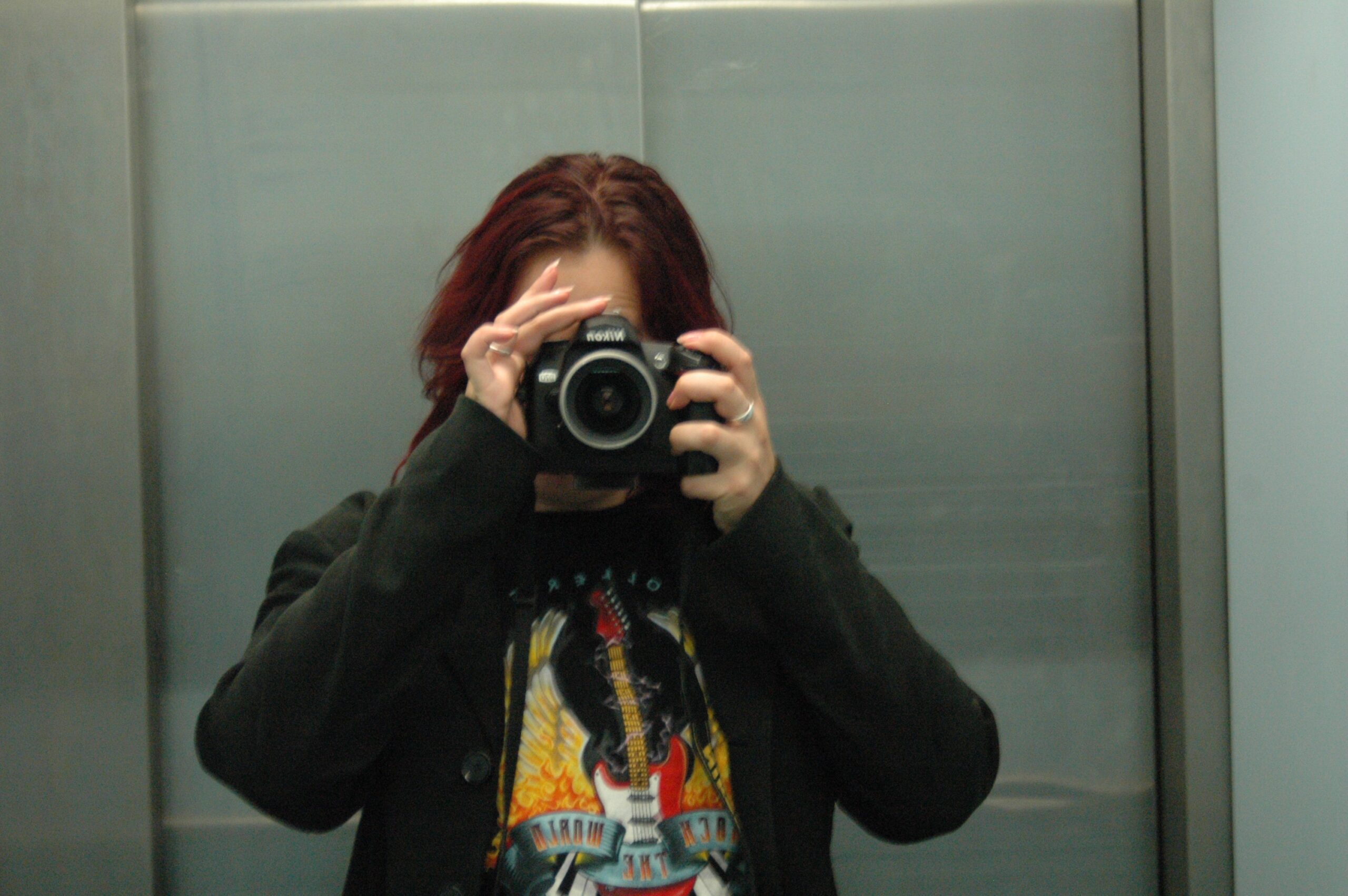I used to be guilty of this too, but here is what I learned:
It’s a tale as old as Instagram: you’re scrolling through your feed, stumble upon a breathtaking photograph, and there it is – that infuriating little phrase, “Credit to the respective owner.” Every time I see it, I roll my eyes so hard I nearly see my brain. The thing is, this lazy approach isn’t just disrespectful; it completely misses the point of giving credit.
As a fellow creative soul who pours hours into crafting the perfect shot or paragraph, I’m here to set the record straight. Let’s talk about why it’s crucial to credit correctly, how to find the real owner, and how to make sure you’re not falling into the “respective owner” trap.
Why Proper Credit Matters
The simple act of crediting an artist, photographer, or writer shows respect for their work. It acknowledges their time, effort, and skill, and gives them the recognition they deserve. It can lead to new opportunities, followers, and even sales for them. When you reduce their contribution to a vague “respective owner,” you rob them of that chance.
How to Find the Rightful Owner
- Reverse Image Search: Use tools like Google Reverse Image Search or TinEye to trace the original source of an image. Upload or paste the image URL, and these platforms will help you track down where it first appeared online.
- Check EXIF Data: Some photos retain EXIF data, which includes information about the photographer, camera settings, and even location. Websites like Jeffrey’s Image Metadata Viewer can help you read this data.
- Ask the Poster: If you see an image shared without proper credit, don’t hesitate to comment or message the poster and ask for the original source. Often, they’ll have seen it shared elsewhere and might be able to point you in the right direction.
- Use Social Media Search: If you suspect the image might belong to a specific artist, try searching relevant hashtags or keywords on platforms like Instagram, Pinterest, or Twitter. Many artists tag their work with unique hashtags.
How to Credit Properly
When you’ve found the rightful owner, it’s time to give credit where it’s due. Here’s how to do it right:
- For Social Media Posts:
- Correct: “Photo by @username” or “Captured by [Photographer’s Name]. Check out more of their work at [link].”
- Incorrect: “Credit to the respective owner” or just tagging them without mentioning them in the caption.
- For Blog Posts or Articles:
- Correct: “Photo by [Photographer’s Name] ([Website/Portfolio link])” or “Image courtesy of [Artist’s Name]. Visit their site here: [link].”
- Incorrect: Simply hyperlinking the word “source” or saying, “Found on Pinterest.”
- For Printed Materials:
- Always include the photographer’s name or handle alongside the image, and if possible, include their website or social media details in a caption.
A Few Credit Examples Done Right
- Instagram: “📸: @johnsmithphoto – Check out his incredible landscape shots!”
- Blog Post: “Image by Jane Doe, sourced from her portfolio at www.janedoephotography.com.”
- Printed Material: “Photograph by Amanda Lee (@amandaleephoto).”
When You Can’t Find the Owner
Despite your best efforts, there might be times when you can’t track down the original creator. In such cases, you have a few options:
- Don’t Use It: If you can’t credit properly, consider not using the image at all.
- Use Stock Photos: Websites like Unsplash, Pexels, and Pixabay offer free-to-use images with proper attribution guidelines.
- Seek Permission: Sometimes reaching out to the platform where you found the image can help you identify the creator.
Final Thoughts
“Credit to the respective owner” is just an empty gesture, a half-hearted nod to the fact that somebody, somewhere, created that image or text. As creatives, we owe it to each other to do better. So, next time you share someone’s work, take a moment to do your research, give them the credit they deserve, and support the community that fuels our inspiration.
By taking the extra step to properly credit others, we create a culture of respect, support, and genuine appreciation for the artistry that surrounds us.
Let’s be the change, one credit at a time.

